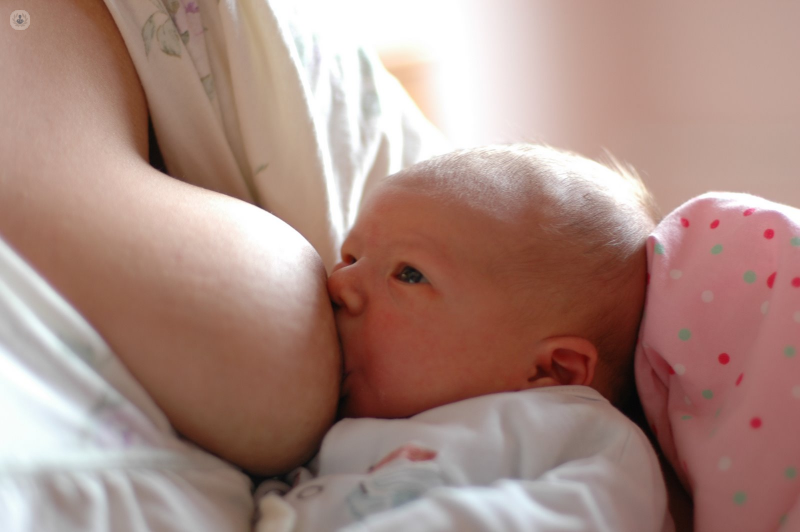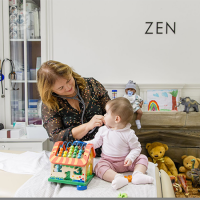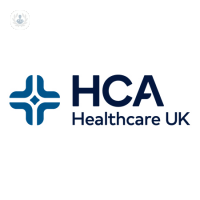Breastfeeding
What is breastfeeding?
Breastfeeding, or nursing, is the practice of feeding babies the milk from their mother’s breast. The most natural way to feed an infant, breastfeeding usually begins shortly after birth, when the mother’s breasts naturally start to produce milk.
The first milk a new mother’s breasts produce is a golden-yellow fluid called colostrum, which is highly concentrated food for a newborn, and therefore the baby will only need a teaspoon or so per feed. After a few days, the breasts produce more mature milk.
New-born babies usually want to feed frequently; perhaps every hour or so. After a few days, they begin to take less frequent, but longer feeds. The baby’s sucking stimulates milk production, so the more you breastfeed, the more milk you produce.
Antenatal classes before giving birth can help to prepare you for breastfeeding.
Why breastfeed your baby?
There are several key advantages to breastfeeding your baby:
- It’s natural – breast milk is perfectly designed for babies, making it the most natural and optimal way for the baby to get its nutrition.
- Bonding – time spent breastfeeding is also time both mother and child spend bonding. Skin-to-skin contact helps this strong emotional bond to grow.
- Breast milk contains antibodies from the mother that protect the child from infections and diseases. This protection can last for years, and babies who are breastfed in general suffer less from infections, diarrhoea and vomiting. There is also a lower incidence of SIDS (sudden infant death syndrome) among breast-fed babies.
- In the long-term, children who were breast-fed are less likely to develop childhood leukaemia, type 2 diabetes, or obesity, and are less likely to develop cardiovascular disease in adulthood.
- If you are in the habit of breastfeeding your child, it means that milk is available whenever baby needs it.
There are also advantages for the mother’s health. Mothers who have breast-fed are at a lower risk of developing the following:
- Breast cancer
- Ovarian cancer
- Osteoporosis
- Cardiovascular disease
- Obesity
Problems with breastfeeding?
There are also several problems associated with breastfeeding, which may require advice or, in rare cases, treatment from a specialist.
- Getting the hang of it – it is normal to have trouble breastfeeding during the first few days, as both mother and baby are getting used to the process. The baby may have difficulty latching on to the nipple or the mother’s milk production may take a few days to synchronise with the baby’s needs.
- Sore or cracked nipples – this is common three to seven days in. It usually occurs because the baby isn’t positioned or attached properly, and with advice from a midwife or doctor, this can usually be solved quickly.
- Not enough milk – the vast majority of mothers should be able to produce enough. The problem is often in stimulating a good milk supply. This can be done by starting breastfeeding as early as possible, and establishing a routine with your baby. Alternating which breast you start feeding the baby with can also help.
- Too much milk – if the breasts produce a lot of milk, the baby may struggle to cope. It is best to consult a midwife, health visitor or specialist for advice.
- Leaking breasts
- Breast engorgement
- Thrush – if the nipples are cracked and damaged by feeding, they are vulnerable to infections, such as thrush. Consult your health visitor or a specialist if you suspect that either you or your baby has thrush.
- Blocked milk duct – this can lead to inflammation of breast (mastitis), which, if left untreated, can cause a breast abscess, which may need an operation to drain.














